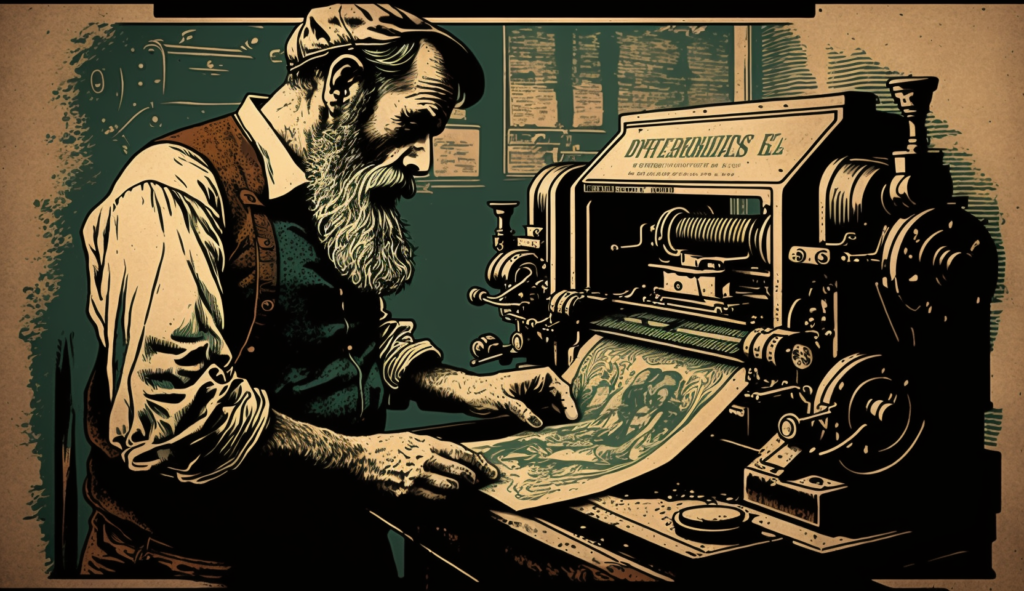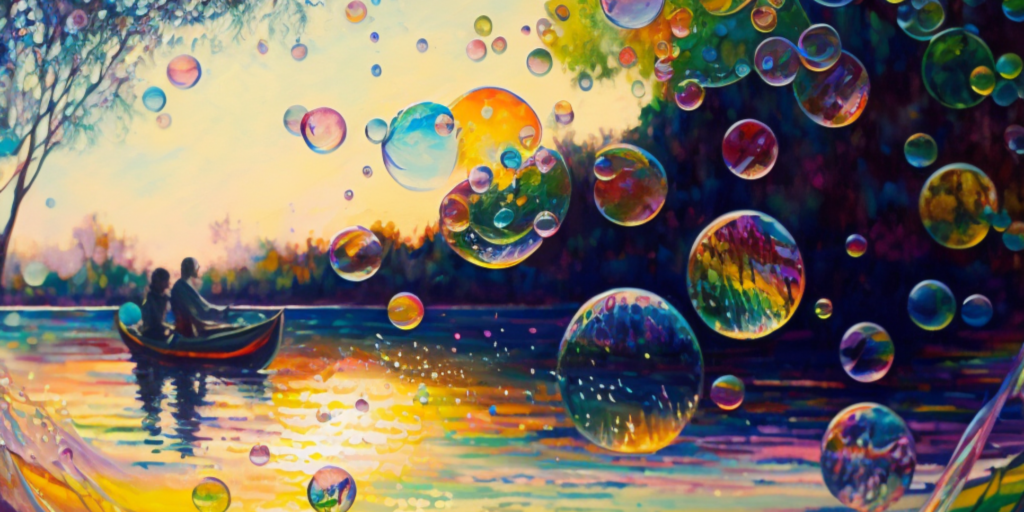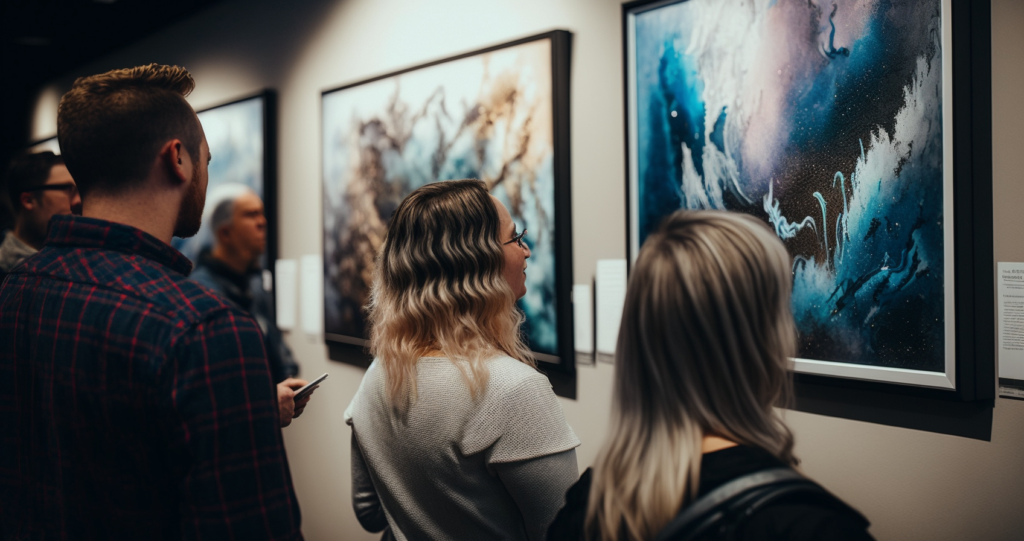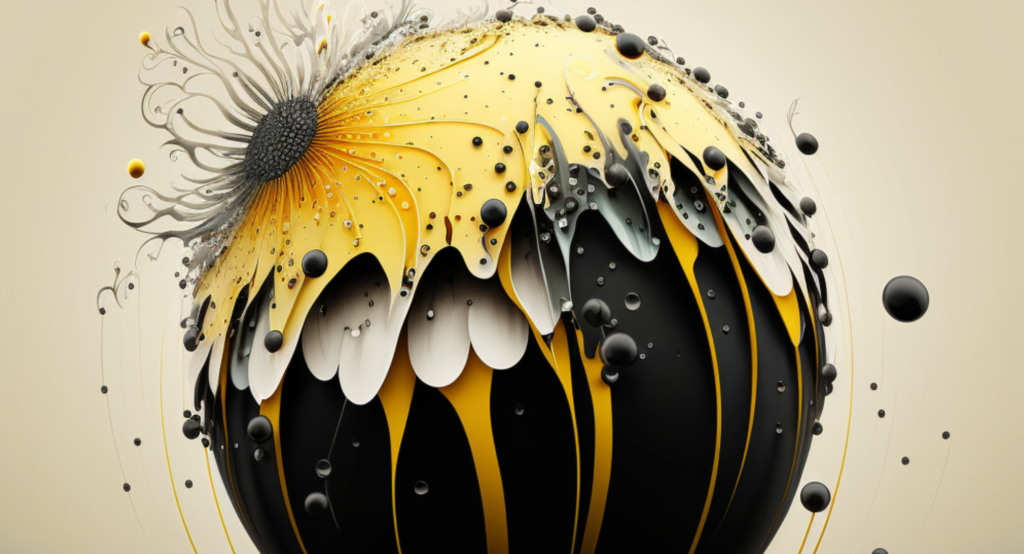Introduction
Printmaking is a captivating and versatile art form that has evolved through centuries of artistic expression. From ancient woodcuts to modern digital prints, printmaking has adapted to new materials and technologies, enriching the world of art with its unique aesthetics. In this blog post, we will explore the history of printmaking, its various techniques, and the ways in which contemporary artists continue to push its boundaries.
The History of Printmaking
The origins of printmaking can be traced back to ancient civilizations, with early examples found in China, Egypt, and Mesopotamia. The invention of paper in China around 105 AD provided the perfect medium for the development of printmaking as an art form. By the 8th century, woodblock printing was widely used in East Asia for creating religious texts and artwork.
In Europe, printmaking began to gain popularity during the Middle Ages. The development of the printing press by Johannes Gutenberg in the 15th century revolutionized printmaking and allowed for the mass production of books and other printed materials. Since then, artists have continued to explore the artistic potential of printmaking, leading to the emergence of various techniques and styles.
Techniques of Printmaking
There are numerous printmaking techniques, each with its unique characteristics and methods. Some of the most common techniques include:
Relief Printing: In this technique, an image is carved onto a raised surface (usually wood or linoleum), and ink is applied to the raised areas before pressing it onto paper or fabric. Examples include woodcuts, linocuts, and wood engravings.
Intaglio Printing: This method involves incising an image into a metal plate (usually copper, zinc, or steel) using tools or chemicals. Ink is applied to the plate’s surface, and the excess is wiped away, leaving ink only in the incised lines. The plate is then pressed onto paper, transferring the image. Examples include etching, aquatint, and drypoint.
Lithography: This technique is based on the principle that oil and water do not mix. An image is drawn onto a stone or metal plate using a greasy medium, and the surface is treated to repel ink in non-image areas. The plate is then inked and pressed onto paper, producing a print.
Screen Printing: Also known as serigraphy, this method involves forcing ink through a stencil or mesh screen onto a surface below. It is commonly used for creating posters, t-shirts, and other graphic designs.
Modern Adaptations and Innovations
Contemporary printmakers continue to push the boundaries of the art form by incorporating new technologies and materials. Digital printmaking has become increasingly popular, with artists using computer software to create images and print them using inkjet or laser printers. This allows for greater control over color, composition, and scale, while also enabling artists to create limited edition prints and make their work more accessible.
Another recent development is the combination of traditional printmaking techniques with other media, such as painting, drawing, and photography. These hybrid artworks blur the boundaries between disciplines and showcase the endless possibilities of printmaking as an expressive medium.
Conclusion
The art of printmaking has come a long way since its early beginnings, with artists constantly exploring new techniques and adapting to changing technologies. The versatility and unique aesthetics of printmaking have ensured its enduring popularity and relevance in the ever-evolving world of art. As we move forward, it is exciting to imagine how printmaking will continue to evolve, providing artists with new avenues for creative expression.









